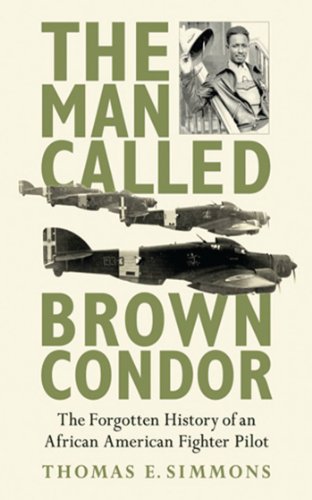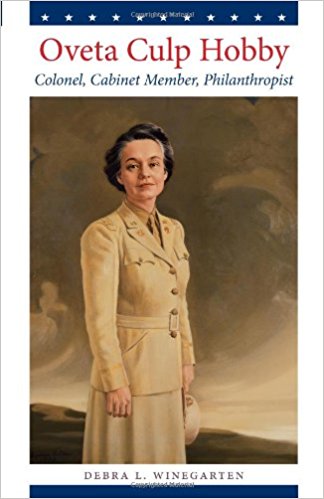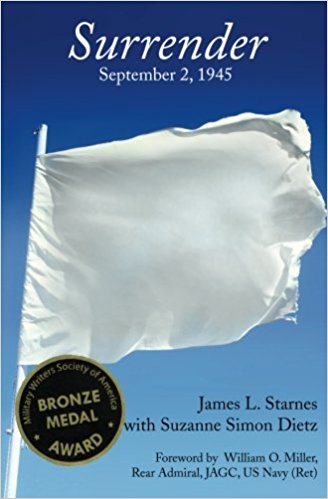MWSA Review
All the superlative clichés used in describing extraordinary thrillers are applicable to “Secret Assault” – action packed, exciting, spellbinding, suspenseful, infighting -- just to list a few. Well written, this military thriller kept me up well into the night because I couldn’t put it down until its end. The characters are well defined and realistic.
Author Don Helin, an Army veteran with years of service in the Pentagon, captures the reader from the start as he describes the shooting of the National Security Adviser, a retiring four-star general, at a Washington area hotel. The general’s protégé, Army Colonel Zack Kelly chases the shooter, a Vietnamese man who is killed in traffic as he tries to escape. Kelly soon learns that several other retired generals and two retired sergeants major has been assassinated or are targeted. A common thread connecting the victims is service with the Americal Division in Vietnam about the time of the My Lai massacre.
Although working in the nation’s capital, Kelly’s military background includes extensive special operations service, which enhances his ability to rapidly adjust to the face-paced, white knuckled events threatening Vietnam veterans.
As Army, FBI and Washington area police investigators search for the assassins, personal tragedy hits Kelly in an unrelated situation. An old nemesis kidnaps Kelly’s daughter as a ploy to make the colonel suffer a horrific fate for ruining the kidnapper’s career and putting him in prison.
“Secret Assault” is a sequel to Helin’s acclaimed “Devil’s Den” published in 2013.
Reviewed by: Joe Epley (2015)
Author's Synopsis
The President's National Security Advisor, General Aaron Hightower, is leaving his retirement party when he is gunned down by a Vietnamese assassin. Colonel Zack Kelly gives chase, but the shooter is hit by a truck and killed. Zack and his partner, Rene Garcia, determine that Hightower is the sixth military leader attacked in the past four months. They investigate the chilling possibility the shootings are part of a plot against the government. Things are not as they seem, however. After two more army retirees are murdered, Zack's world is rocked by an event so traumatic; the hunt for the killers turns deadly personal




















